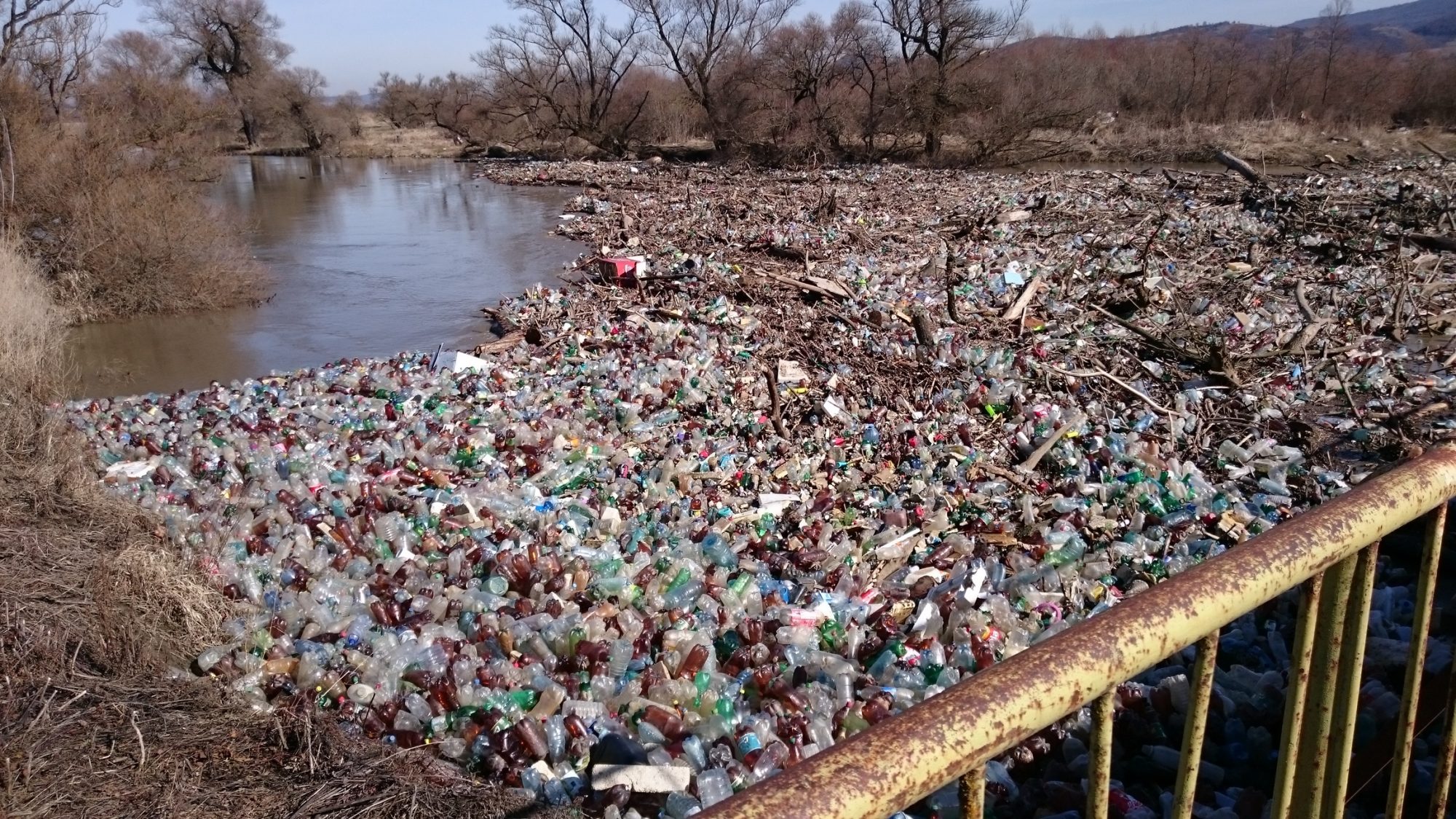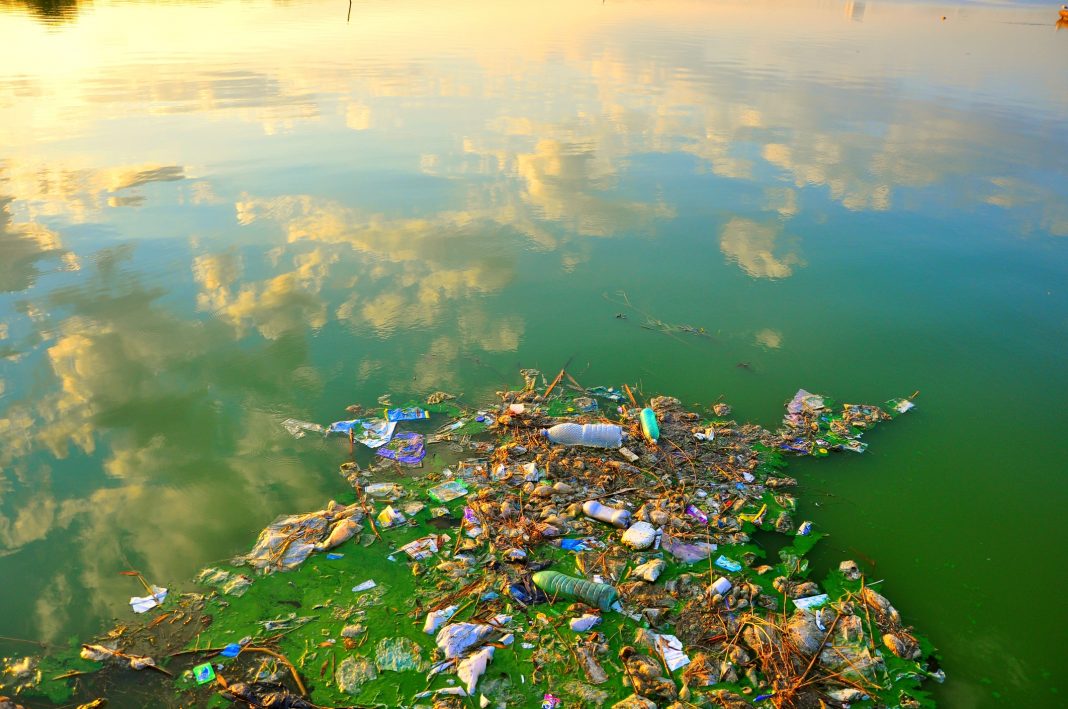Plastic waste and single-use plastic is a significant environmental, climate, and global health challenge – and it only seems to be getting worse
Single-use plastics account for over a third of the plastic waste produced every year – 98% of which are manufactured from fossil fuels.
They also account for most of the plastic that’s thrown away. In 2019, more than 130 million metric tonnes of plastic were either burned, buried in landfill, or discarded directly into landfill. This level of waste shows no signs of stopping, argues Trevor Hutchings, Director of Strategy, Communications and Public Sector at Gemserv.
Over the next five years, the global capacity to produce virgin polymers for single-use plastics could grow by over 30%, and by as much as 400% for individual companies. Growing concerns over the impact of single-use plastic on the health of the planet have led governments to set ambitious targets for reducing plastic waste.
The UK government, for example, set a goal of eliminating avoidable plastic waste by 2047. It estimates that 91% of plastic is already recycled, but that figure is in dispute as, according to the latest available data from the WEF, the amount is much less, with only 31% of UK plastic waste recycled in 2019.
Given such ambitious – and, perhaps, optimistic – goals for reducing plastic waste, it’s important to consider exactly who’s responsible for making sure the country reaches these targets, and how they’ll affect our future, our planet, and our wallets.
Changing times in the plastic tide
The relationship between government, citizens, and industry has changed with regard to the way that waste and resources are managed.
Consumers are no longer passive: they’re not just purchasers, buying products with little regard for their ecological and carbon impacts, and they’re not just taxpayers, happy to let councils dispose of their waste with no sense of how it’s managed.
Today’s consumers are now an active part of a product’s lifecycle; they demand a greater say in how that product is used, disposed of, and repaired.
In recognition of this, the government is adapting its role, demanding more of industry and requiring it to do more to meet the challenges of net-zero and wider environmental issues, while allowing consumers to be more involved in how their waste is used and disposed of. To this end, it has recently set out a four-pronged policy approach.
Government intervention and plastic tax
The aim of the Plastic Packaging Tax (PPT) is to provide a clear economic incentive for businesses to use recycled material in the manufacture of plastic packaging, diverting it away from landfill or incineration. Introduced in April 2022, the PPT will apply to plastic packaging either manufactured in or imported into the UK, that doesn’t contain at least 30% recycled plastic.
Powers introduced in the Environment Act 2021 require all councils to collect glass, metal, plastic, paper and card, food waste, and garden waste separately. Consistent curb-side collections which adhere to these distinctions will simplify the process for the public and, by improving the quantity and quality of recycled materials, go a long way to improving the efficiency of the system.
Outlined in the same Environment Act, Defra’s ‘Extended Producer Responsibility’ (EPR) scheme increases the amount the producers of packaging will pay towards the cost of its recovery and recycling. Again, as with the PPT, EPR serves as an economic incentive for producers who either reduce their packaging or make it more recyclable.
Also announced in the same legislation, Deposit Return Schemes will pay consumers for recycling their drinks containers. An additional cost is applied to a product when it’s purchased and refunded when that product is returned for recycling.
An incentive for consumers rather than manufacturers, it is hoped that its introduction will help reduce littering and encourage recycling.
Obligations and benefits of plastic waste policy
For these policies to succeed, of course, the government must be clear on what the industry’s new obligations entail, including how it’s expected to deliver and the funding models that will underpin the policies. It must also be clear on the benefits of these policies.
Defra estimates the cost of EPR at £1.2bn for household collections, and that the PPT will add £200 per tonne to the cost of plastic that doesn’t contain any recycled material. Increased costs and levies like this, for unsustainable and excessive packaging, are a clear disincentive to using polluting products, especially when compared to the cost of recycled or reusable alternatives.
Indeed, UK Government research found that the PPT alone would incentivise over half of the packaging manufacturers to increase the amount of recycled material in their packaging.
There is strong supporting evidence for consistent kerbside collections, too. Sustainable business charity WRAP, for instance, estimates that up to £478 million of materials will be returned to the economy from the sale of dry recyclables such as paper waste, metal cans, and plastic milk containers.
It also estimates that up to 11.6 megatons of materials and food waste will be collected for recycling, adding about seven percentage points to England’s household recycling rate. And it’s hoped that deposit return schemes can help increase the recycling rate of single-use drinks containers in the UK to more than 90%.
Challenging times in reforming plastic waste
Encouraging as these figures are, implementing reforms of this size, scale and complexity is not without its challenges for policymakers, local councils, waste management companies, and packaging producers alike.
Among these is the potential for unintended consequences of applying several policies concurrently to the same product categories.
Without careful consideration, there’s a risk that some products could be priced out of the market. Similarly, there might be unintended consequences to manage. For example, if the recyclability of packaging is considered in isolation, there is a risk that EPR schemes could support the proliferation of easily recyclable but high carbon packaging.

Governments must also ensure that the costs and the benefits of these schemes are fairly distributed – and are perceived to be – and that the industry is consulted effectively.
These reforms will rightly place more of the financial burden of waste collection and recycling on the producers of packaging – i.e. the polluter pays principle.
This will help address the current imbalance where for example local authorities (and in turn council taxpayers) pick up a significant proportion of this cost.
But perhaps the most profound issue for implementing these reforms in the current economic climate is any additional costs that new measures will confer on ordinary consumers. In the main, this is about a fairer distribution of costs already in the system and indeed driving cost reductions through efficiencies and invocation.
But even if there are additional costs on the consumer this pales into insignificance when considered alongside the benefits we all enjoy from a healthy natural environment and the ecosystem services it provides us with all – economic benefits significantly at risk if we don’t address plastic pollution.
Addressing these challenges is no simple task. Get it wrong, and the real losers will be households, local environments, and the planet itself. Get it right, and these reforms will transform our society and economy, ensuring that waste is managed sustainably, affordably and fairly. But the success of these reforms will ultimately depend on bold leadership by the government and industry.












as for me, my colleagues and I prefer high-quality waste processing in compliance with the entire recycling cycle, so if someone needs it, we are waiting for you at our place